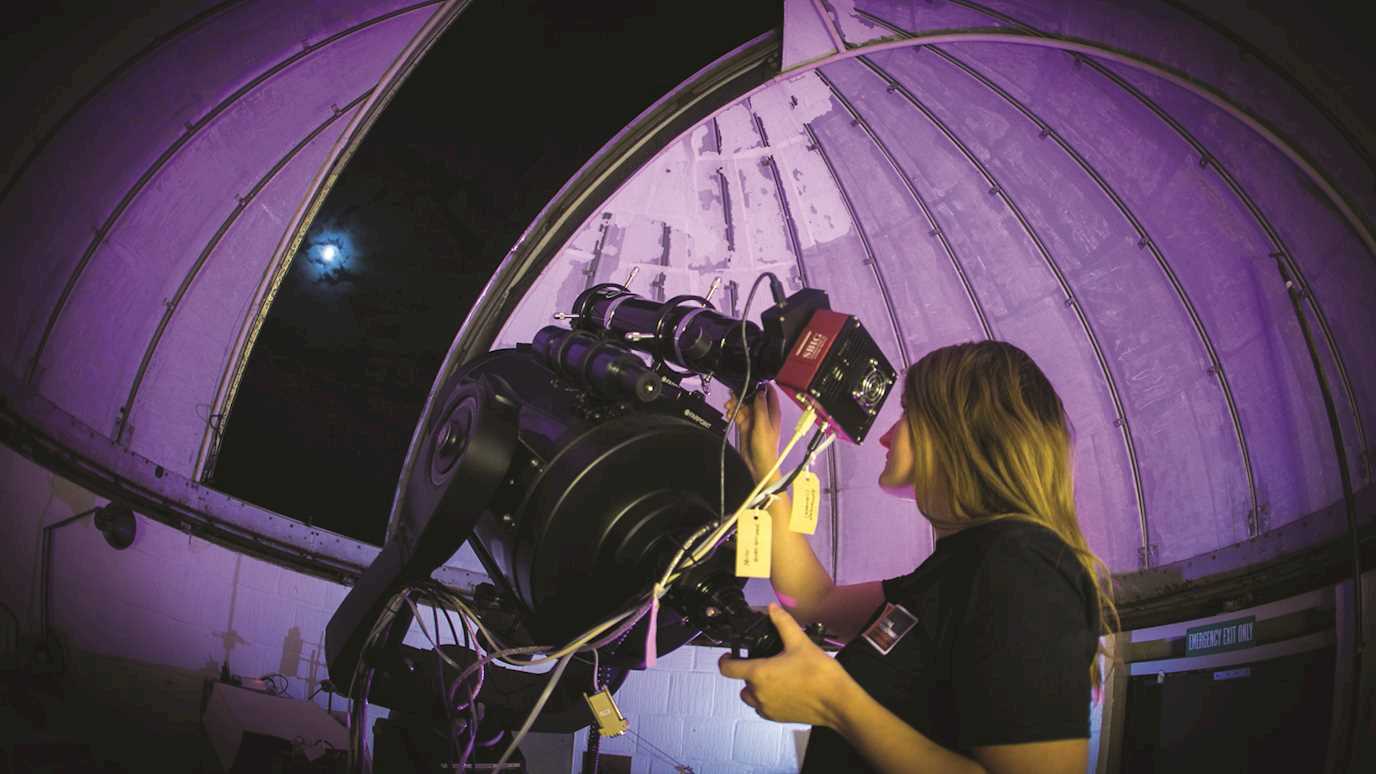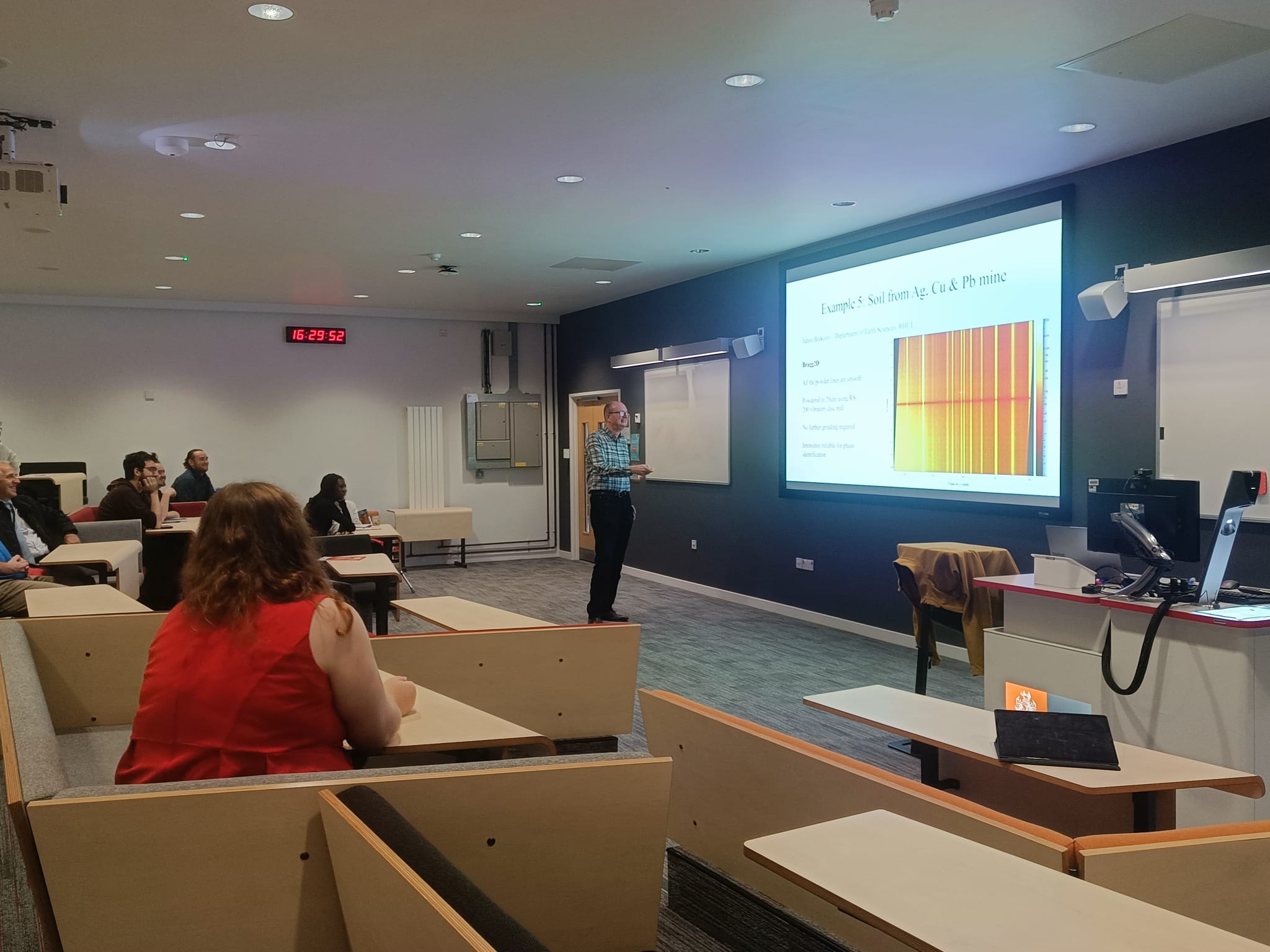Theoretical physicists uncover the role of the entanglement at a metal-insulator transition in correlated quantum matter.

The common experience of boiling water shows that dramatic changes in organisation of matter occur at phase transitions. At the quantum level, phase transitions also involve radical changes in quantum correlations and in the way constituents of matter are entangled.
In an article published today in Physical Review Letters, a team of theoretical physicists at Royal Holloway, at University of Sherbrooke in Canada, and at Brookhaven National Laboratory in the US have revealed the role of these quantum correlations at a fascinating phase transition.
The research was led by Giovanni Sordi, lecturer at Royal Holloway, and Professor André-Marie Tremblay at the University of Sherbrooke. The team worked with a mathematical model where the correlations between electrons turn a metal, where the electrons are free to move, into an insulator where the electrons refuse to move. This metal to insulator transition, known as Mott transition after the Nobel laureate Sir Nevill Mott, is a phenomenon central to quantum materials such as high-temperature superconductors.
Similarly to the familiar liquid-gas transition, this metal-insulator transition has two main features: it is abrupt and ends in a “boiling point” which evolves into a smooth change as the temperature rises. The central finding of the team’s work is that all these features are strongly imprinted on key measures of quantum correlations. Royal Holloway Master’s student Caitlin Walsh, the first author of the article, said: “This enables us to unlock the elusive role of the entanglement at this metal-insulator transition.”
The results of this theory are testable: the research provides experimenters using atoms at ultracold temperatures with a theoretical framework for existing results, and clear predictions of what signatures to look for in order to detect these distinctive patterns of quantum correlations. These results also raise surprising implications for other abrupt phase transitions ending in a “boiling point” in different quantum systems, such as those found in solids and quark matter.
Team members consist of Caitlin Walsh and Dr Giovanni Sordi at Royal Holloway, Dr Patrick Sémon at BNL, and professors David Poulin and André-Marie Tremblay at University of Sherbrooke. The research is published today in Physical Review Letters at this link. It is accompanied by an expanded article in Physical Review B at this link by the same authors.



























